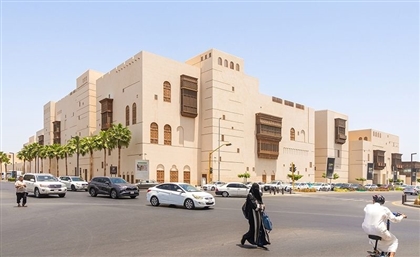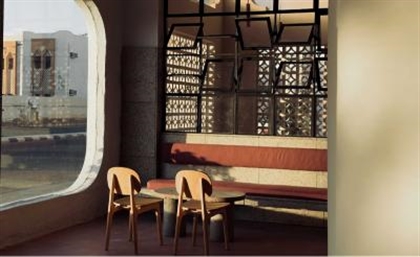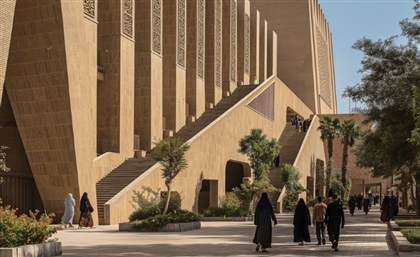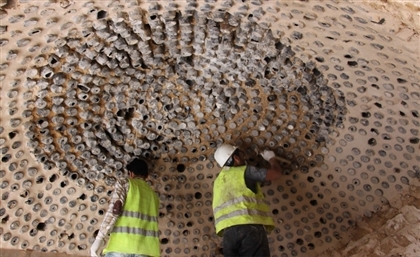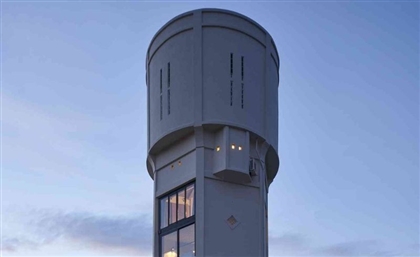Looking Back at ‘The Architecture of Ramses Wissa Wassef’
Ramses Wissa Wassef carved his name in Egyptian architecture with traditional design that addressed human needs at its core.
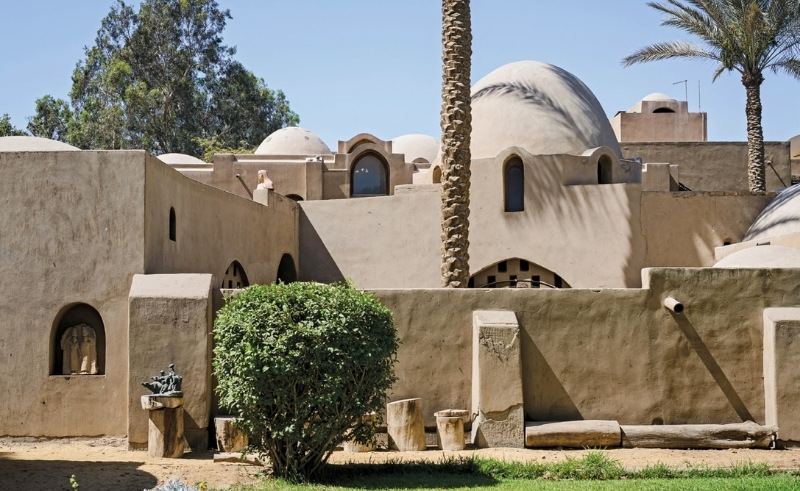
When it comes to pioneering Egyptian architects, Ramses Wissa Wassef is a name that is held on a high pedestal - and for good reason. While most other mid-century Egyptian architects were fascinated with modernity and strived to keep up with what advanced engineering can achieve out of concrete, Wissa Wassef took a step back and looked to revive traditional Egyptian architecture and crafts, putting progress for progress’s sake aside in favour of time-tested techniques that served the community.
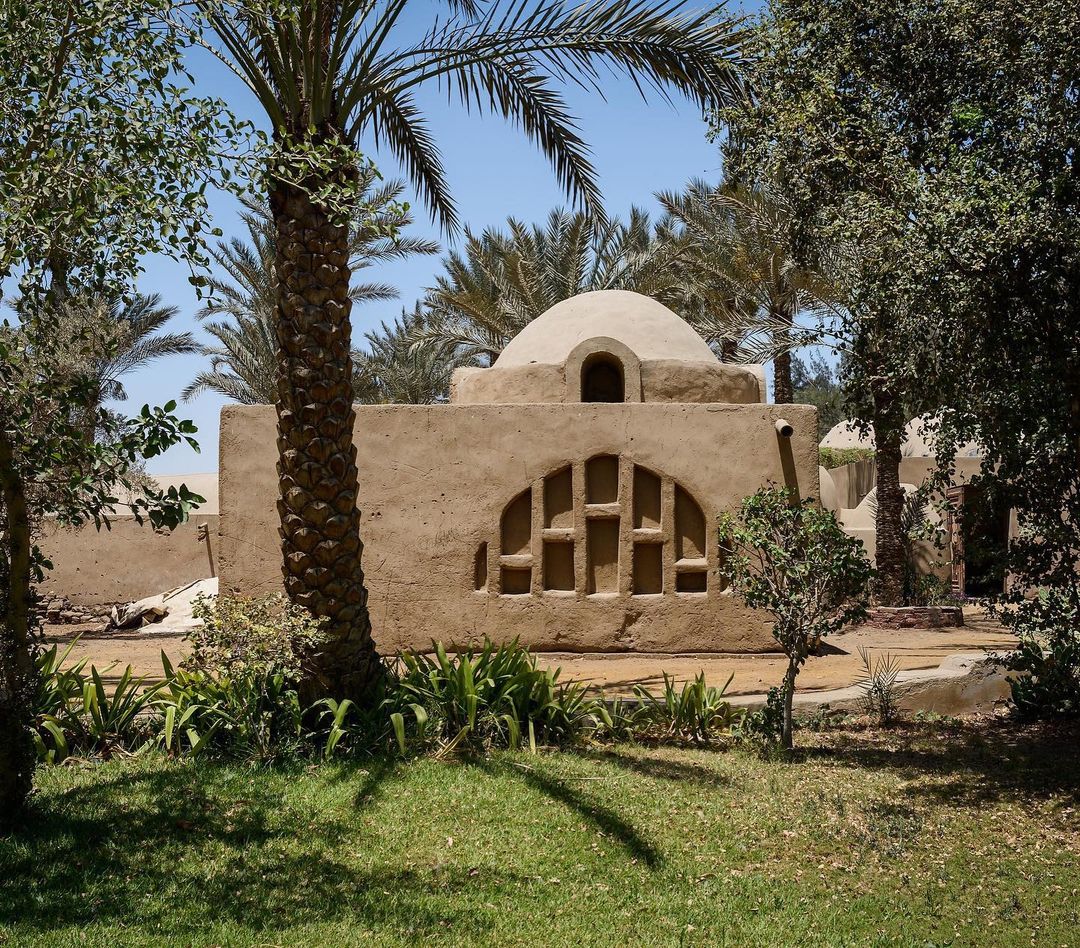 Wissa Wassef’s works were extensively covered and documented in a recent book titled ‘The Architecture of Wissa Wassef’, authored by Chonchita Anorve-Tschirgi and Ehsan Abushadi, and published by AUC Press. Through it, we are able to look back at one of his most notable works, one that epitomised his architecture and the philosophies he lived by.
Wissa Wassef’s works were extensively covered and documented in a recent book titled ‘The Architecture of Wissa Wassef’, authored by Chonchita Anorve-Tschirgi and Ehsan Abushadi, and published by AUC Press. Through it, we are able to look back at one of his most notable works, one that epitomised his architecture and the philosophies he lived by.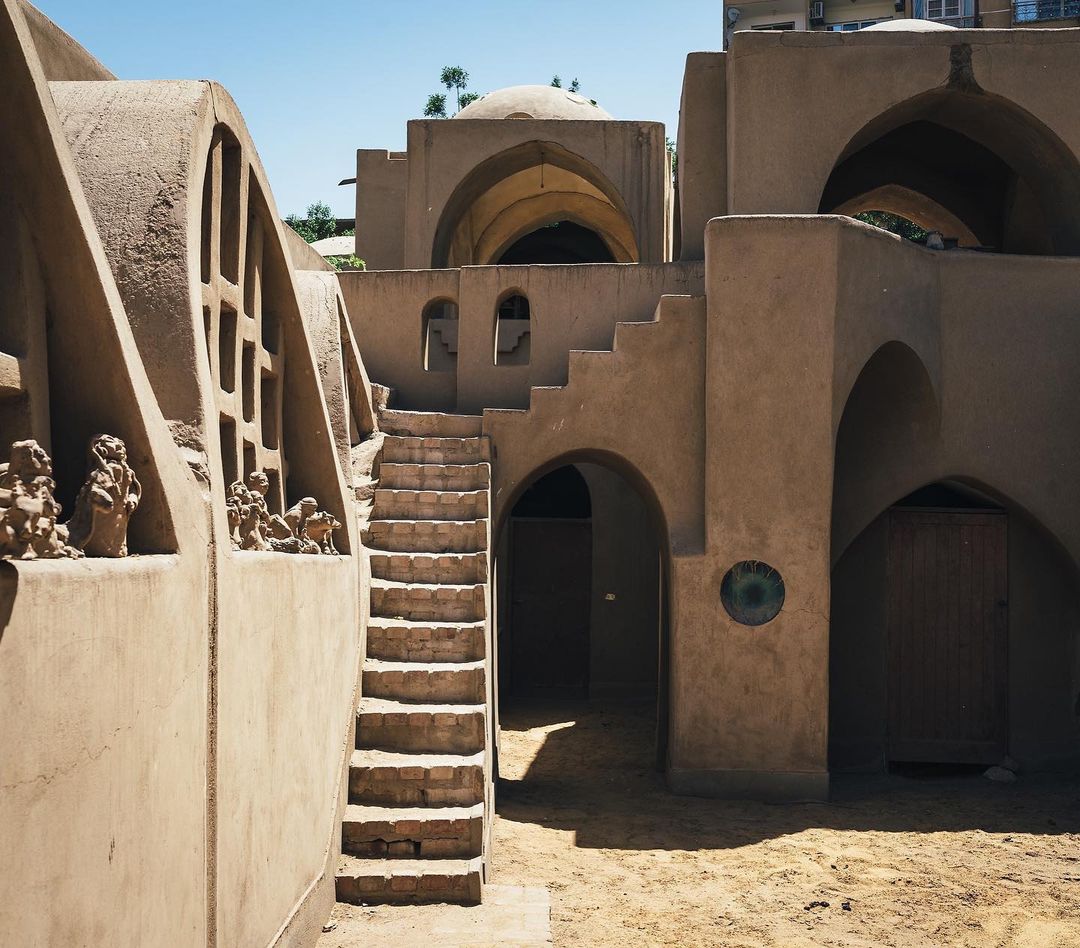 The Ramses Wissa Wassef Art Center in Harraniya, a small village near the Great Pyramids of Giza, was founded by Wissa Wassef in 1951. It became internationally acclaimed for its sculptures and colourful tapestries, crafted by hand with immaculate fashion. The centre was established to educate young villagers, based on Wissa Wassef’s belief in the innate creative power and potential of children.
The Ramses Wissa Wassef Art Center in Harraniya, a small village near the Great Pyramids of Giza, was founded by Wissa Wassef in 1951. It became internationally acclaimed for its sculptures and colourful tapestries, crafted by hand with immaculate fashion. The centre was established to educate young villagers, based on Wissa Wassef’s belief in the innate creative power and potential of children.
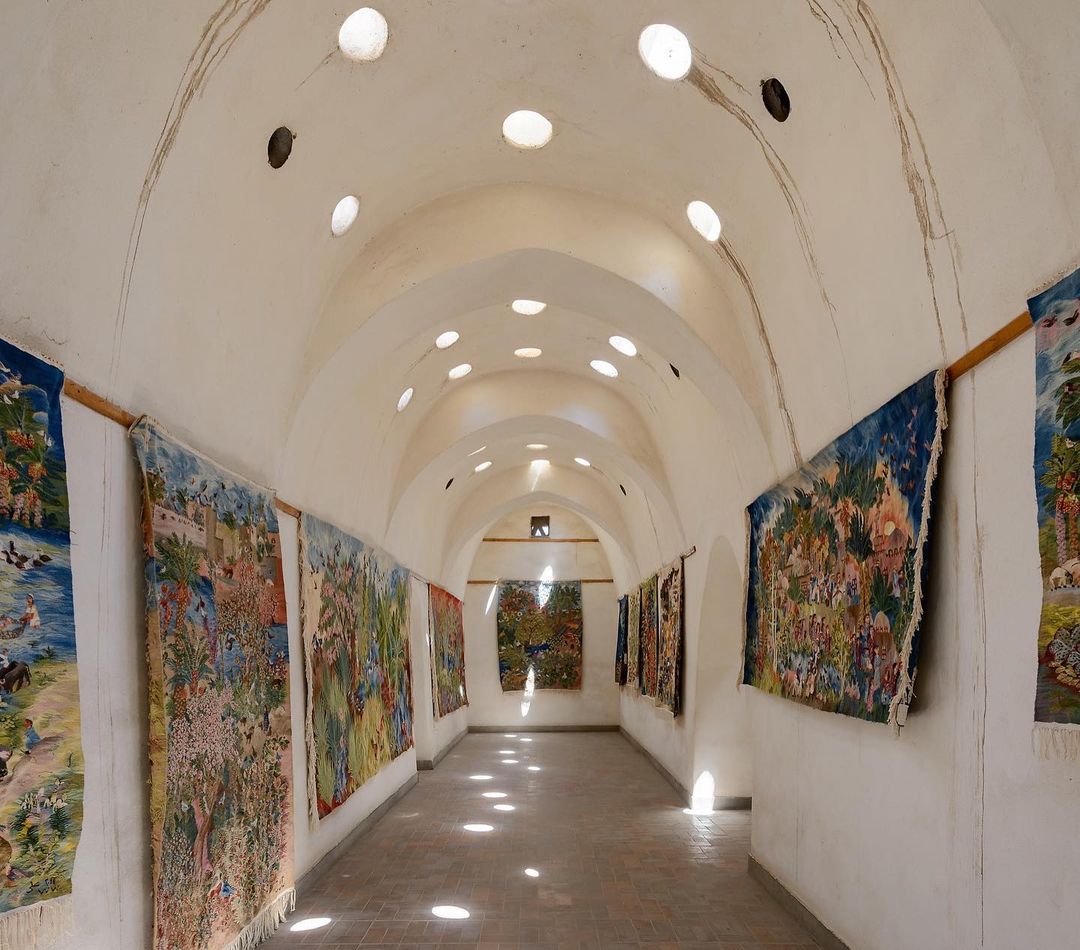 One look at the centre tells you most of what you need to know about its architecture. Mud is used throughout, with a raw inartificial finish that speaks the language of the land and displays the imperfection of humans. A plethora of domes mark the exterior visuals and provide dynamic lighting indoors, while its shape allows for traditional air circulation methods that cools the interior, making for a comfortable classroom within. Scale made his architecture natural and intimate as you swayed within its meticulously planned labyrinthine interiors, even though the stairs give it away, exposing the centre’s planning to be petite and precise.
One look at the centre tells you most of what you need to know about its architecture. Mud is used throughout, with a raw inartificial finish that speaks the language of the land and displays the imperfection of humans. A plethora of domes mark the exterior visuals and provide dynamic lighting indoors, while its shape allows for traditional air circulation methods that cools the interior, making for a comfortable classroom within. Scale made his architecture natural and intimate as you swayed within its meticulously planned labyrinthine interiors, even though the stairs give it away, exposing the centre’s planning to be petite and precise.
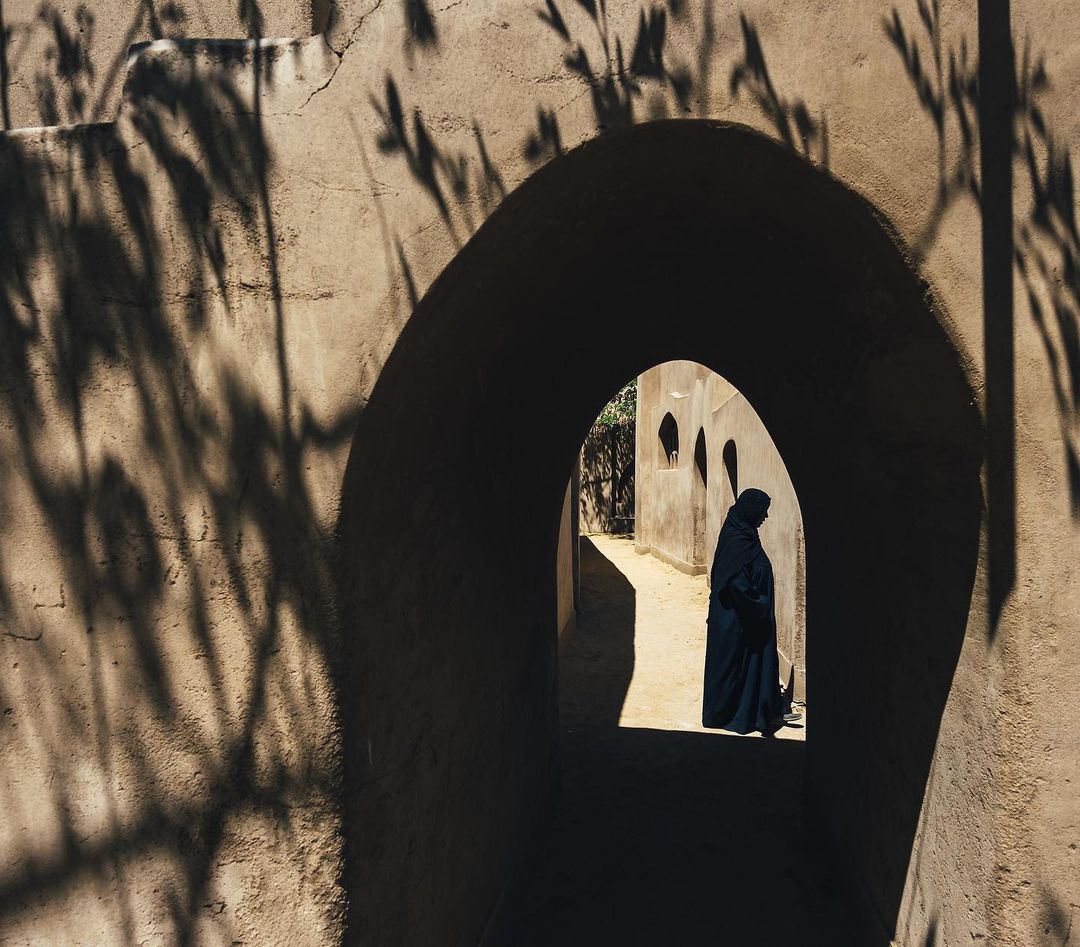 Wissa Wassef didn’t seek publicity or reward for his work as he placed the physical and psychological well-being of the human above all, placing it at the centre of his architectural philosophies. Wissa Wassef believed that he was one of the people and experimented with conscious design before being flamboyant about self-awareness was in trend.
Wissa Wassef didn’t seek publicity or reward for his work as he placed the physical and psychological well-being of the human above all, placing it at the centre of his architectural philosophies. Wissa Wassef believed that he was one of the people and experimented with conscious design before being flamboyant about self-awareness was in trend.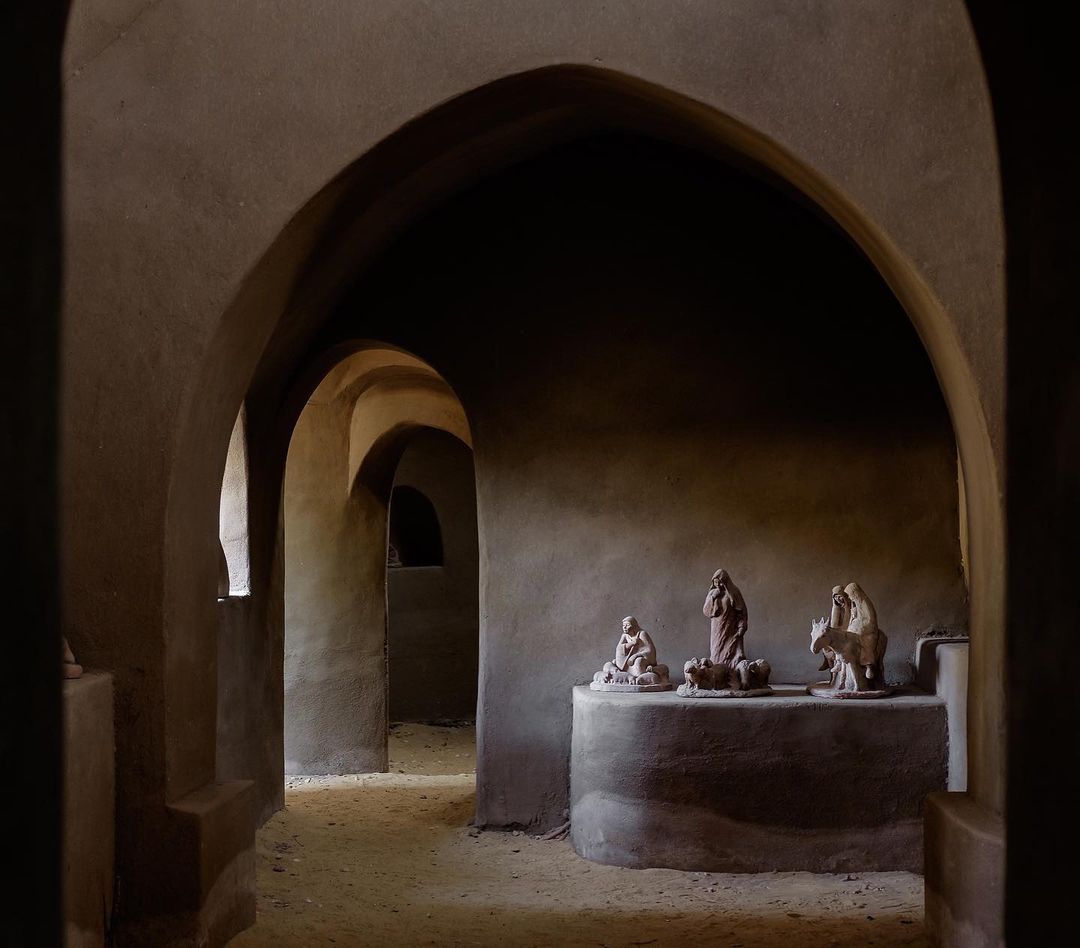 The noted architect’s work covered everything from private villas and rural houses to public buildings such as churches, schools and museums. But none showcase and display what he was about more than the confines at Harraniya, which lives on to promote artistic expression among local youth. To view more of his works, you can check out the encyclopaedic documentation present at AUC Press.
The noted architect’s work covered everything from private villas and rural houses to public buildings such as churches, schools and museums. But none showcase and display what he was about more than the confines at Harraniya, which lives on to promote artistic expression among local youth. To view more of his works, you can check out the encyclopaedic documentation present at AUC Press.
Photography Credit: Nour El Refai
- Previous Article The Enduring Charm of Jeddah’s Old Town of Al Balad
- Next Article The Cosmopolitan Interiors of Cairo’s Majestic Manial Palace





